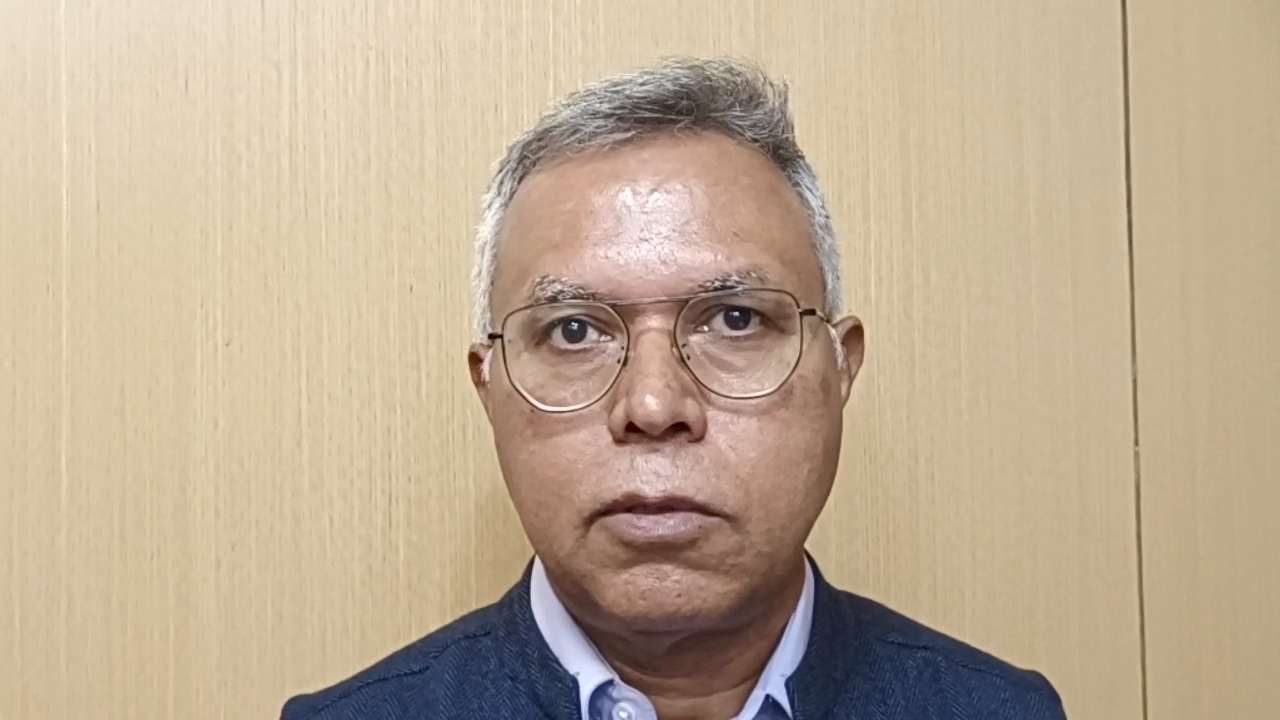
AIIMS Expert Highlights Shifting Trends and Myths Around Vitamin D Deficiency in India
Did you know that Vitamin D, often called the "sunshine vitamin," is vital for keeping your bones strong and healthy? Yet, many of us in India are missing out, and the consequences could be more serious than you think. From osteoporosis to fractures, a lack of Vitamin D can quietly wreak havoc on your health.
But here’s the twist: the belief that everyone in India is Vitamin D deficient isn’t entirely true anymore. Surprised? Let’s break it down.
Who’s Really at Risk?
Back in 2010, experts thought Vitamin D deficiency was nearly universal. Fast forward to today, and that’s no longer the case. According to Prof. Ravinder Goswami, an endocrinologist at AIIMS, Delhi, it’s all about lifestyle.
“People who work outdoors, like rickshaw pullers, vendors, and construction workers, usually have normal Vitamin D levels because of regular sun exposure,” says Prof. Goswami. “But those stuck indoors – think office workers – are a different story.”
How bad is it? It depends on how you measure it. If we consider a level of 20 nanograms per milliliter (ng/ml) as the benchmark, about 50% of Indians have insufficient Vitamin D. Lower that to 12 ng/ml, and the number drops to 30%. Anything below 12 ng/ml is considered a clear deficiency.
Why It Matters
For the elderly, Vitamin D deficiency can lead to a curved spine or even hip fractures after minor falls. In children, it might show up as bowed legs or stunted growth. Newborns could even experience seizures due to low Vitamin D.
But here’s the good news: the solution is often as simple as stepping outside. Just 15–20 minutes of direct sunlight between 10 a.m. and 2 p.m. can make a world of difference.
The Right Way to Treat It
If you’re already low on Vitamin D, you might wonder about treatments. While injections are an option, Prof. Goswami warns against overusing them.
“Injections should only be used when oral absorption is difficult. For most people, sachets, tablets, or capsules are effective and safer,” he explains.
Debunking Myths
There’s a lot of hype around Vitamin D, and not all of it is true.
“Some people think Vitamin D can cure depression, hypertension, or even heart disease. That’s simply not the case,” says Prof. Goswami. “And the idea that more Vitamin D automatically means better health? That’s another myth we need to bust.”
A Smarter Way to Build Cities
Believe it or not, urban design plays a role in this issue too. Prof. Goswami suggests that multi-story buildings should be designed with open spaces to allow sunlight in. After all, your daily dose of Vitamin D might be as close as a well-placed balcony!
The Bottom Line
Vitamin D is essential, but it doesn’t have to be complicated. A little sunshine, a balanced approach to supplements, and busting the myths surrounding this vitamin can go a long way in protecting your health.
So, next time you’re tempted to skip that sunny stroll or rely on injections without guidance, think twice. Your bones will thank you!